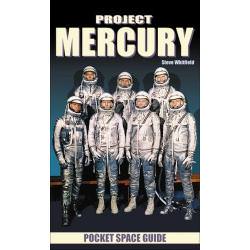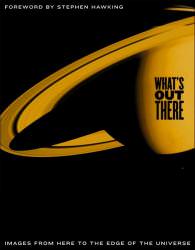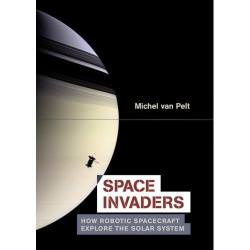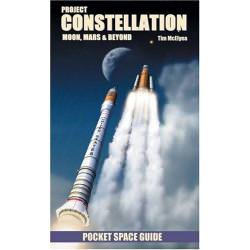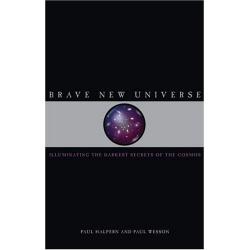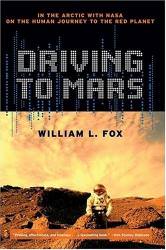Project Mercury and Project Gemini preceded the landing of a person on the Moon. These projects taught the United States how to safely fly humans in to space and out to adventure. Steve Whitfield has prepared a Pocket Space Guide for each of these. Within, he combines smooth narrative with hundreds of both colour as well as black and white pictures to bring a reader complete, colourful little synopses. Their result is a generous reminder of what people can achieve when given a task, no matter how hard.
Both Project Mercury and Project Gemini were extreme engineering marvels as much as Project Apollo. The first placed people above Earth’s atmosphere and into space. The second gave control to the pilots of the space craft in order to give them independence and capability with which to complete missions. The third, as most remember, put men upon the lunar surface. Given the definitive goals for each project, definitive results must occur. This hard definition lends well to ready documentation. In consequence, Whitfield can draw on clear objectives and well documented achievements for his pair of books. He does this for a remarkably fine result.
The Project Mercury guide clearly shows the veritable flying phone booth that was the first vehicle the United States used to put men into space. Yet Whitfield doesn’t begin there, as the project started well before the Mercury capsule was lofted. First he mentions the unmanned launches of Little Joe and Big Joe. As well, there’s a bit on Ham the chimpanzee doing tests, and numerous unoccupied vehicles doing systems tests. Then, after providing a short one paragraph description of each of the 20 preliminary tests within the Mercury project, Whitfield provides a few pages for each of the seven manned launches. Given the allowances in these compact guides, they only provide the barest of technical information and not much else. Therefore, Whitfield gives statistics regarding the space craft and launch vehicle. After, he lists some of the more exciting moments of the flight as well as noting the objectives achieved. These clearly show the increasing confidence and capability of all the people involved in the space program of the United States.
Closing the book, though in reality consisting of about half the pages of the book, Whitfield provides copious colour photographs. These act as wonderful memories of an exciting project, whether they be pictures of the contents of the astronauts’ survival package or a sequence of an astronaut while in orbit. Perhaps most fitting is the final picture of the women who trained in parallel with the men in the hopes that they too could go into space.
The outline of the Project Gemini pocket space guide follows that of the Project Mercury guide. However, this project had no unmanned trials, but only a few Agena targeting craft. Hence, this guide focuses solely upon the 12 manned Gemini flights. Again, each of the twelve has a few pages to describe the flight. Where applicable, these include; objectives, the launch, any highlights, and the landing. Concluding the text section is an overview of an interesting plan to use the Gemini craft and launcher to put a man upon the Moon. Of course, this ended up not being necessary, but is a rewarding tidbit nonetheless.
The photograph section in the Project Gemini guide is as varied and plentiful as for the Mercury guide. Each crew and their badge get an entry. There’s Ed White doing the first space walk for the United States. An angry alligator and an Agena silhouetted against the Earth’s far away surface or other visual testaments. These and others showcase events of the Gemini project vividly and clearly.
Both these guides are great examples of well edited and very detailed works. Given their subject manner, it’s easy to get carried away, but they don’t do so. These guides summarize the achievements and provide rewarding visual testaments without overweighting the reader with managerial nuances or technical trivia. Certainly, there’s a dearth of substance but such is not the intention of a guide. The consequence is that these books practicably do justice but not to excess. Anyone wanting an introduction to human space flight or an overview of multi-year project development will benefit from reading either or both of these two. As well, they’re handy references for anyone not wanting to memorize.
Only a few days were needed to transport a human to the Moon. But, more than a decade of research and discovery were necessary to bring all the abilities together to make this happen. Steve Whitfield provides two guides; Project Mercury and Project Gemini that display two projects that preceded Apollo. Their clarity happily bring these heady times back to the ready fingertips of any reader.

